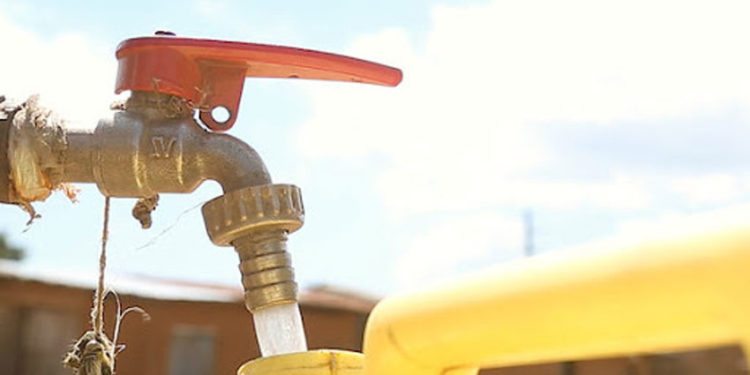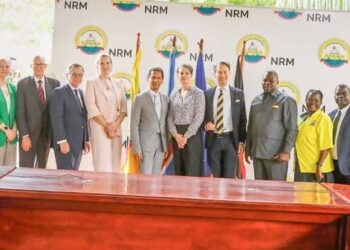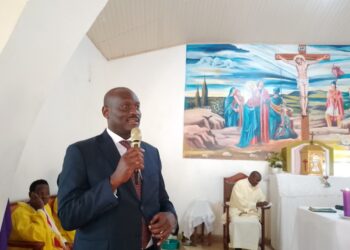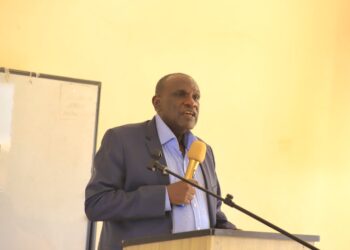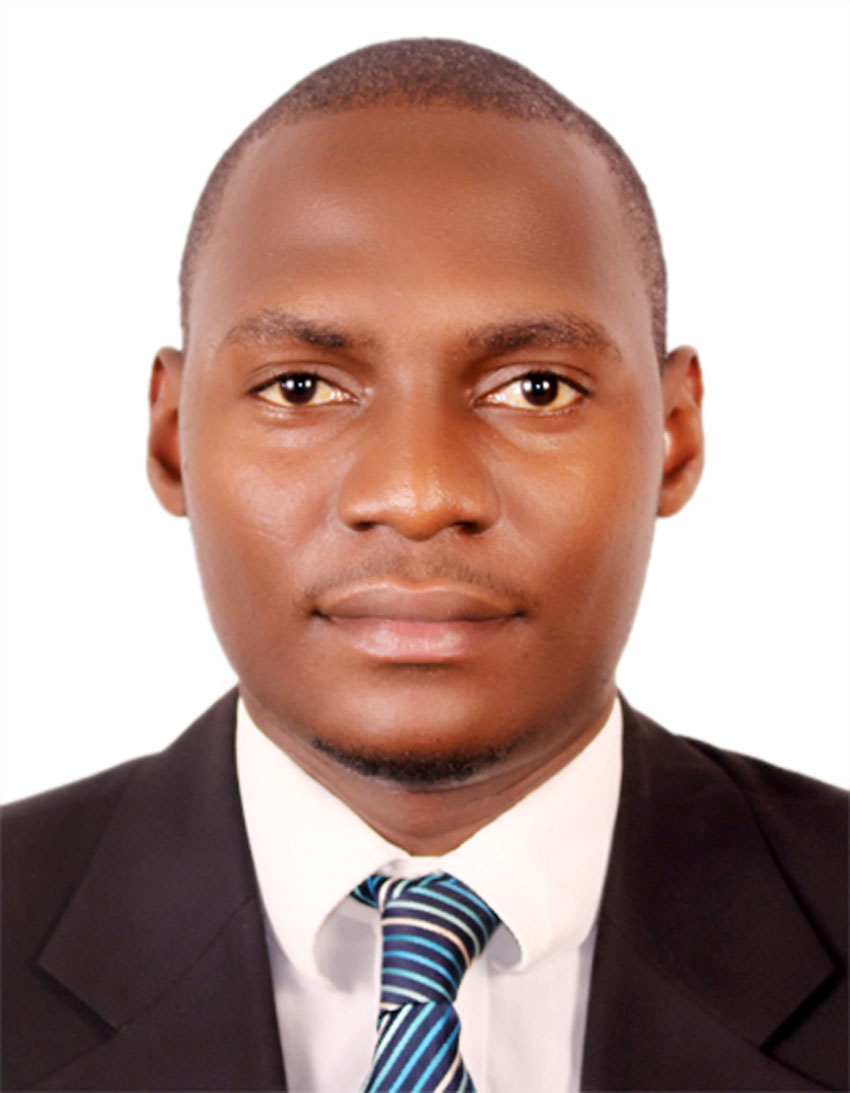Thursday 29 October 2020, Kampala: More Ugandans now report having access to piped water compared to 2019; 26%, up from 19% in 2019. Use of all other sources (surface water, unimproved sources, improved sources (not piped)) dropped slightly over the same period, according to Twaweza.
Twaweza is a non governmental organisation working on enabling children to learn, citizens to exercise agency and governments to be more open and responsive in Tanzania, Kenya and Uganda.
However, significant differences still exist. Half of urban (50%) and half of wealthier households (49%) report using piped water compared to 1 out of 8 rural households (16%) and a similar number of poorer households (15%). Households headed by females are more likely to have access to piped water (30%) than those with male heads (23%).
The report also highlighted that water collection time has also improved for many Ugandans; in 2020 close to half of households (46%) say they collect water in under 30 minutes compared to 4 out of 10 (37%) in 2019. Again rural households spend much longer collecting water, as do households which use surface water.
Between 2018 and 2020, fewer citizens report that they treat their water before drinking – 70% to 64%. Households with greater access to safer sources of water are more likely to treat their water: 85% of households that use piped water do so compared to 77% of those using surface water.
Similarly, the share of households that harvest rainwater also dropped slightly from 78% to 74% between 2018 and 2020. In a majority of cases the harvested rainwater lasts for a week or less in both rainy (78%) and dry (77%) seasons.
Citizens continue to name access to water points as the major challenge in the sector, reporting the quantity of water points (36%) and the distance to water points (28%) as their main problems. These figures are largely unchanged since 2019. In urban (25%) and richer (21%) households, cost of water is also mentioned by a significant number of Ugandans as a challenge.
In terms of sanitation, the most common form of toilet is a pit latrine with a slab (66%). Again richer, urban households and those headed by women are more likely than other households to have a latrine with a ventilation pipe. Three out of ten Ugandans (30%) say they share their toilet facility with people outside their household. This is more common in urban areas (41%). Richer households are just as likely to share latrines as poorer households.
Eight out of ten households (88%) report having handwashing facilities near their toilets and almost as many say they have soap (83%) there. More than half of citizens report washing their hands more than five times the previous day. Between April and August of this year, there has been an increase in citizens reporting that they wash their hands: after using the toilet (76% to 84%); before and after eating (62% to 72%); when they look or feel dirty (49% to 65%); and when coming home from outside (53% to 63%).
When it comes to assessing the outcomes of sound water and sanitation management, the presence of water borne diseases is perhaps one of the most important indicators. Overall 1 out of 20 (4%) Ugandans report that they or a member of their household had dysentery in the past month and 1 out of 10 (9%) say the same about typhoid. Rural households, poorer households, and households where water is not treated are again disadvantaged. Most extremely, 37% of households with no latrine experienced typhoid in the last month compared to 9% of Ugandans on average.
Half of households (47%) have a local water management committee or board in their area, while the same number (47%) do not. Such committees are more common in rural areas (51%) than urban (37%), and more common in poorer neighbourhoods (56%) than wealthier (33%).
Three out of ten citizens (30%), a significant proportion of those who say these meetings are held in their area, report that they attend. And 26% say they participate actively. Rural citizens, those from poorer households and men are significantly more likely to both attend and participate in the meetings.
When asked to rate overall their access to clean and safe water, 4 out of 10 vitizens (40%) say it has gotten better, the same as say it has stayed the same (38%) and two out of ten (20%) say things have gotten worse. Urban households (55% against 37% of rural areas) and those with piped water (58% compared to 44% who use other improved sources) are much more likely to say things have improved.
Nonetheless when it comes to rating government performance in water, citizens are evenly split with 41% saying they are satisfied and 43% saying they are unsatisfied.
Marie Nanyanzi of Sauti za Wananchi at Twaweza, said: “It is great news to see improvements in access to piped water and reduced collection times for water. The government can celebrate these victories while engaging citizens in honest dialogue about the remaining tough challenges around water.”
“Citizens continue to highlight the challenges they face in terms of access to water at consistent levels as last year, she continued. “Focusing on preventive maintenance of water points in rural areas can help address the underlying challenges of access.”
“To build on the success,” she concluded, “government should listen to citizens’ voices and experiences, and to involve them in decision-making around shared water resources. The role of community water committees can be vital in building a bridge between those who supply and manage water and those who use it.”
Do you have a story in your community or an opinion to share with us: Email us at editorial@watchdoguganda.com


